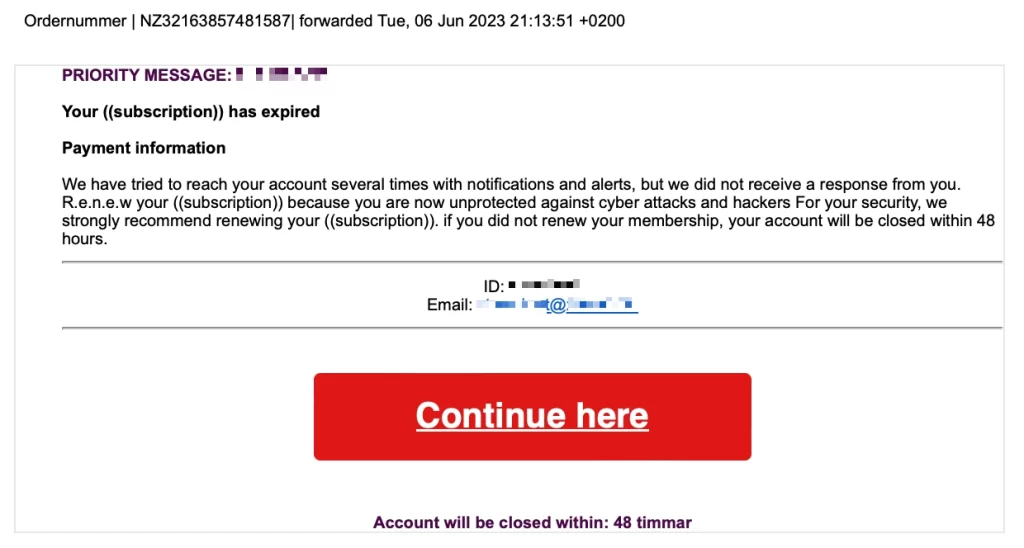Scamming call centres are netting crooks millions of dollars every week as they trick their targets into sending them money.
One popular trick is when a scammer calls to offer the target a refund, saying they have paid for something – such as computer security software – in error. To obtain the refund all the target has to do is allow the scammer to gain access to their computer by downloading a piece of software in what’s known as a remote access scam.
Other times a message is left on the phone for the target to call back. Unbeknown to the target, the call will cost a king’s ransom as it is a premium rate number.
These are just two of the many ways scammers trick, cajole, pressure, and force targets to send them money. And the scammers are often so professional sounding, and so convincing, they have even been known to threaten to report their targets to the authorities. It can be very scary for the elderly in particular.

The advice from organisations such as ScamWatch is to simply not answer any unknown callers, or to hang up as soon as the caller sounds suspicious.
The latest Targeting Scams report has revealed Australians lost a record $3.1 billion to scams in 2022. This is an 80 per cent increase on total losses recorded in 2021.
The report shows investment scams were the highest loss category ($1.5 billion), followed by remote access scams ($229 million) and payment redirection scams ($224 million).
“Australians lost more money to scams than ever before in 2022, but the true cost of scams is much more than a dollar figure as they also cause emotional distress to victims, their families and businesses,” ACCC Deputy Chair Catriona Lowe says.



